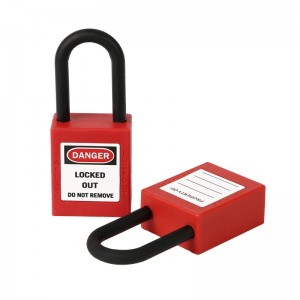In any industrial or operational environment, safety isn’t optional—it’s critical. One of the most vital systems to ensure safety is the Lockout/Tagout (LOTO) procedure. This process safeguards workers from hazardous energy sources during maintenance or servicing of machinery and systems. When done properly, it’s a life-saving measure. When done poorly—or worse, not at all—it can lead to injury or even death.
Enterprises must clearly define their Lockout/Tagout standards, making sure every employee knows when and how to use LOTO. It begins with identifying all on-site energy sources and locking points—places where hazardous energy can be isolated. This isn’t just about turning off switches; it’s about physically locking out the energy so it can’t come back on unexpectedly.
A detailed and regularly updated Lockout/Tagout list should be part of every company’s safety playbook. This includes identifying not only the locations and equipment involved but also the individuals responsible for executing LOTO procedures. There must be zero ambiguity. Everyone should know who locks out, when, and how.
Importantly, LOTO procedures must be implemented any time protective devices are removed or when workers are exposed to hazardous energy, such as during repairs, inspections, or cleanings. Without these protections, employees are vulnerable to electrical shocks, mechanical movements, chemical releases, or other unseen dangers.
In the end, safety is a shared responsibility—but leadership must take the first step by setting clear expectations. By implementing rigorous Lockout/Tagout standards, companies protect their people, prevent downtime, and build a culture of accountability.
Post time: May-26-2025

